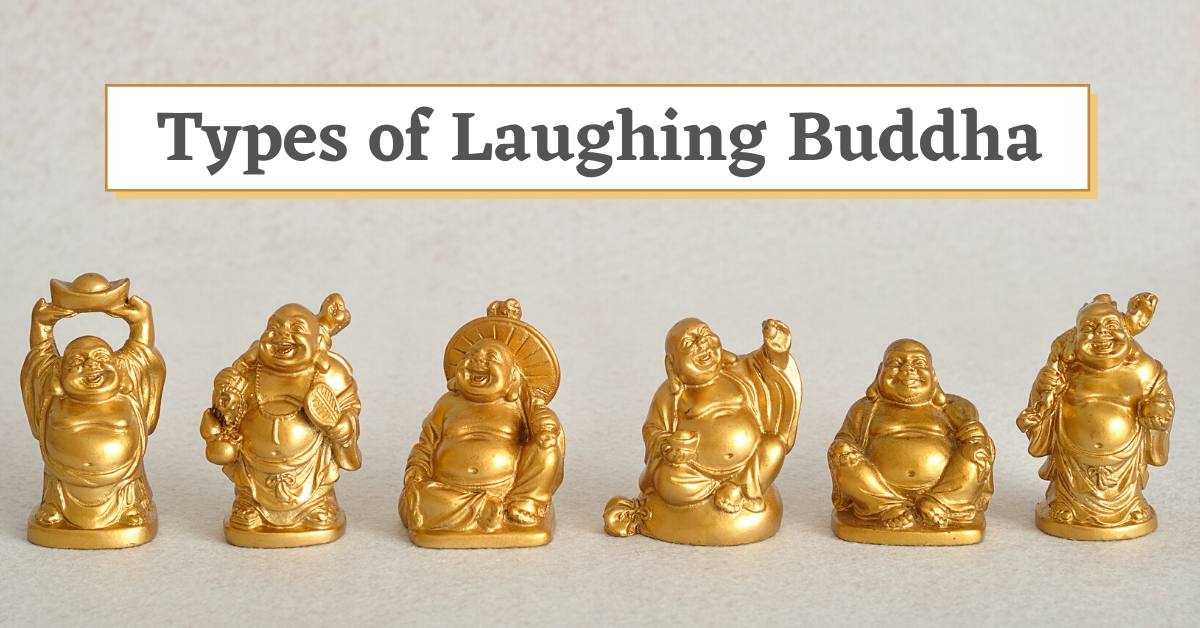
5 Types of Laughing Buddha with their meaning and best location to
Have greater peace of mind. Protect your Alibaba.com orders with Trade Assurance. Source over 2 million products in more than 40 product categories

Different types of Buddha. Buddha Love Pinterest Buddha
There are a lot of different types of Buddha statues meaning out there, with varying hand gestures and expressions and attitudes. Table of Contents Buddha Statues Meaning #1. Protection Buddha - Protection from fear, anger and delusion #2. Calming Buddha - Develop Serenity #3. Calling the Earth to Witness Buddha - Enlightenment #4. Nirvana Buddha
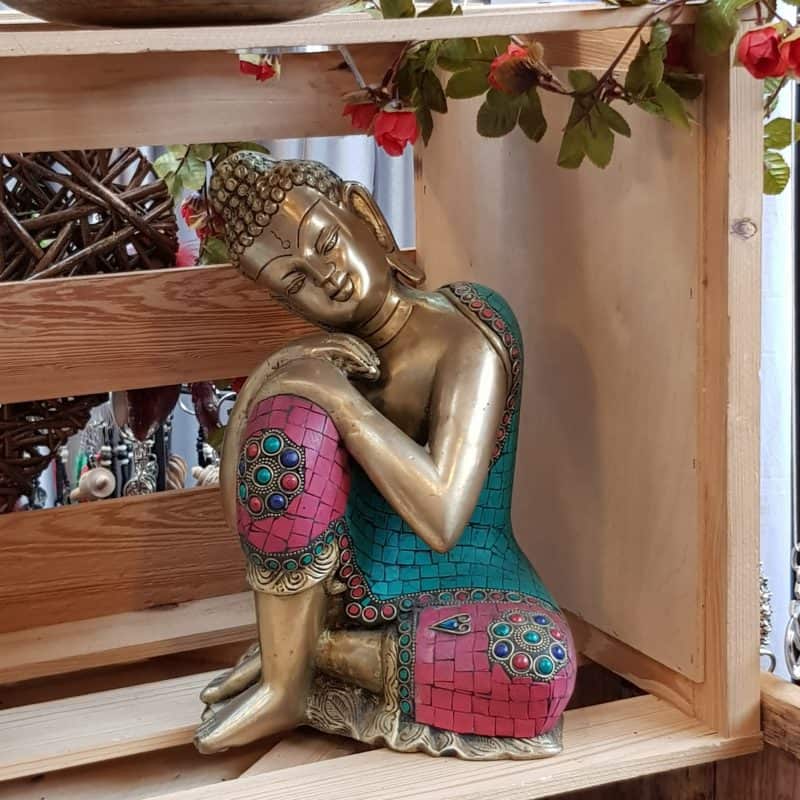
What Do Different Buddhas Mean? Yogamasti
Each pose, posture, expression and hand gesture is significant to the life of Buddha. There are over 100 different poses that illustrate the life of Buddha, also called an asana or attitude, and hand gestures are referred to as a Mudra. You can see many Buddha statues in temples across the world, here are just a few of the most popular ones.

Pin en BUDA
How Many Types of Buddhas Are There? The Buddhas found in Buddhist religious texts fall into three categories: 1. Pacceka Buddha or Protteka Buddha 2. Savaka Buddha or Sravaka Buddha 3. Samma Sambuddha or Sammaka Sambuddha
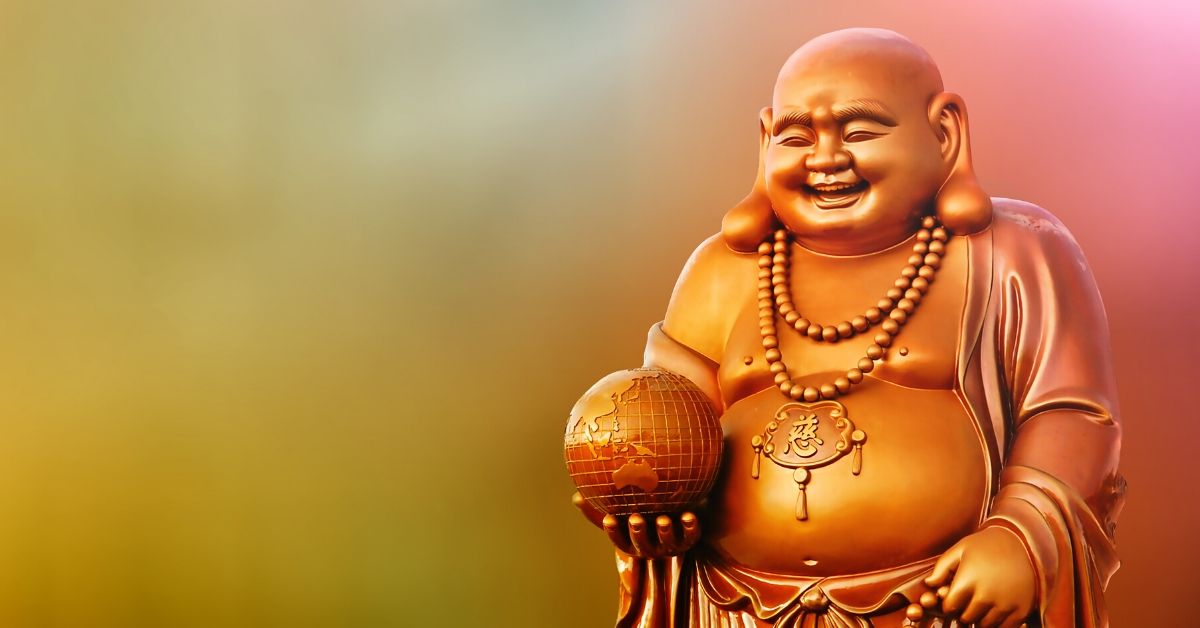
5 Types of Laughing Buddha with their meaning and best location to
Central to the Buddha's teachings is the aim of overcoming suffering. Buddhists believe that there are guiding principles that help them achieve enlightenment. This is a key difference between.
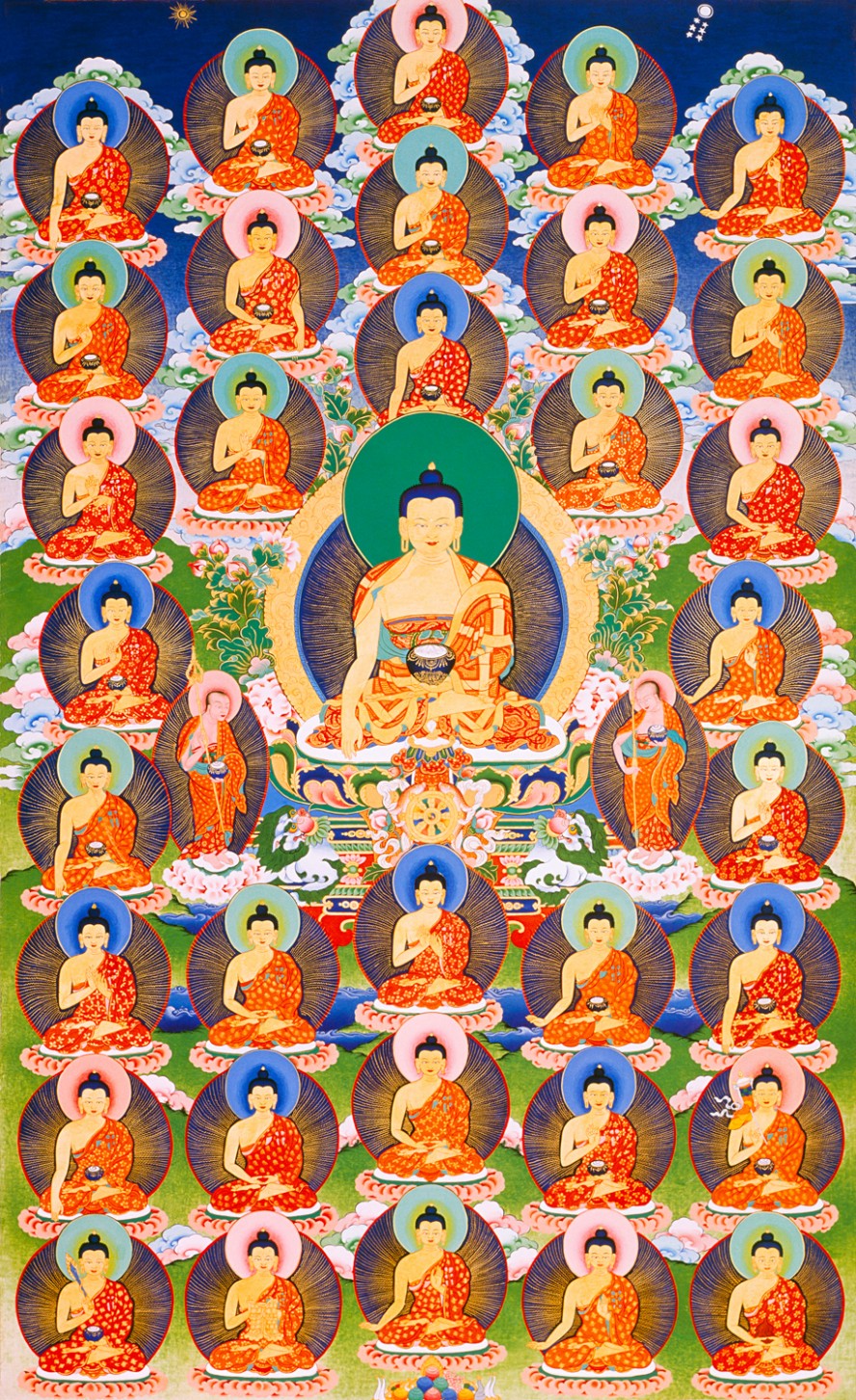
35 Buddhas Sutra Soutra des 35 Bouddhas Tsony
8.1 Gallery showing different Buddha styles. 8.2 In other media. 9 See also. 10 References. Toggle References subsection. 10.1 Notes. 10.2 Citations. 10.3. (Dīghajāṇu Sutta, AN 8.54) the Buddha teaches two types of happiness. First, there is the happiness visible in this very life. The Buddha states that four things lead to this.

6 Different Types Of Buddha Statues And Their Meanings Big Chi Theory
Buddhism (/ ˈ b ʊ d ɪ z əm / BUUD-ih-zəm, US also / ˈ b uː d-/ BOOD-), also known as Buddha Dharma, and Dharmavinaya (transl. "doctrines and disciplines"), is an Indian religion or philosophical tradition based on teachings attributed to the Buddha. It originated in the eastern Gangetic plain as a śramaṇa -movement in the 5th century BCE, and gradually spread throughout much of.

PPT Buddhism PowerPoint Presentation, free download ID6922275
Buddhism is a religion that was founded by Siddhartha Gautama ("The Buddha") more than 2,500 years ago in India. With about 470 million followers, scholars consider Buddhism one of the major.

Buddha Statues And Their Meaning Handicrafts In Nepal
Unleash the bargain hunter inside you to get wholesale price for life essentials. Save big on must-have items for your daily routine. Sales only today!
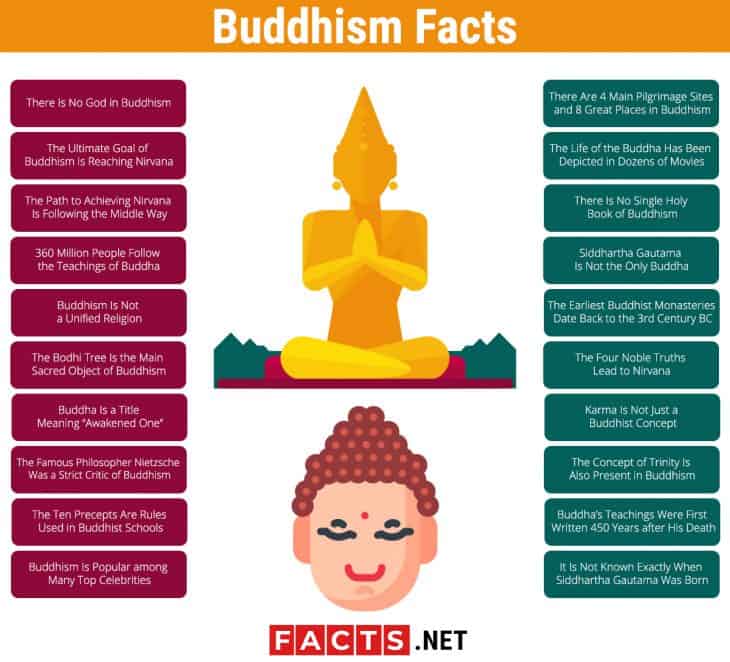
Top 20 Buddhism Facts Types, History, Beliefs & More
Summary Let's look at some of the distinctive features of the Theravada, Chinese and Tibetan forms of Buddhism as representative of the major systems extant today. Theravada Theravada, practiced in Southeast Asia, emphasizes the practice of mindfulness meditation.

6 Different Types Of Buddha Statues And Their Meanings Big Chi Theory
Information / Articles / Buddhism Basics Information / Buddha Poses Buddha Poses If you know what to look for, you can tell the meaning of a Buddha Statue by looking at the pose / posture, and the accompanying hand gestures.

Symbolism And Meaning Of Buddha Statues in 2020 Buddha, Buddha statue
Today it's believed that every form of Buddhism found in Asia is represented in the United States―the Theravada Buddhism of southeast Asia; Vietnamese, Chinese, Japanese and Korean Zen and Pure Land schools; the several schools of Tibetan Buddhism; and more, albeit often with practices and rituals adjusted to meet the needs of Western Buddhists.
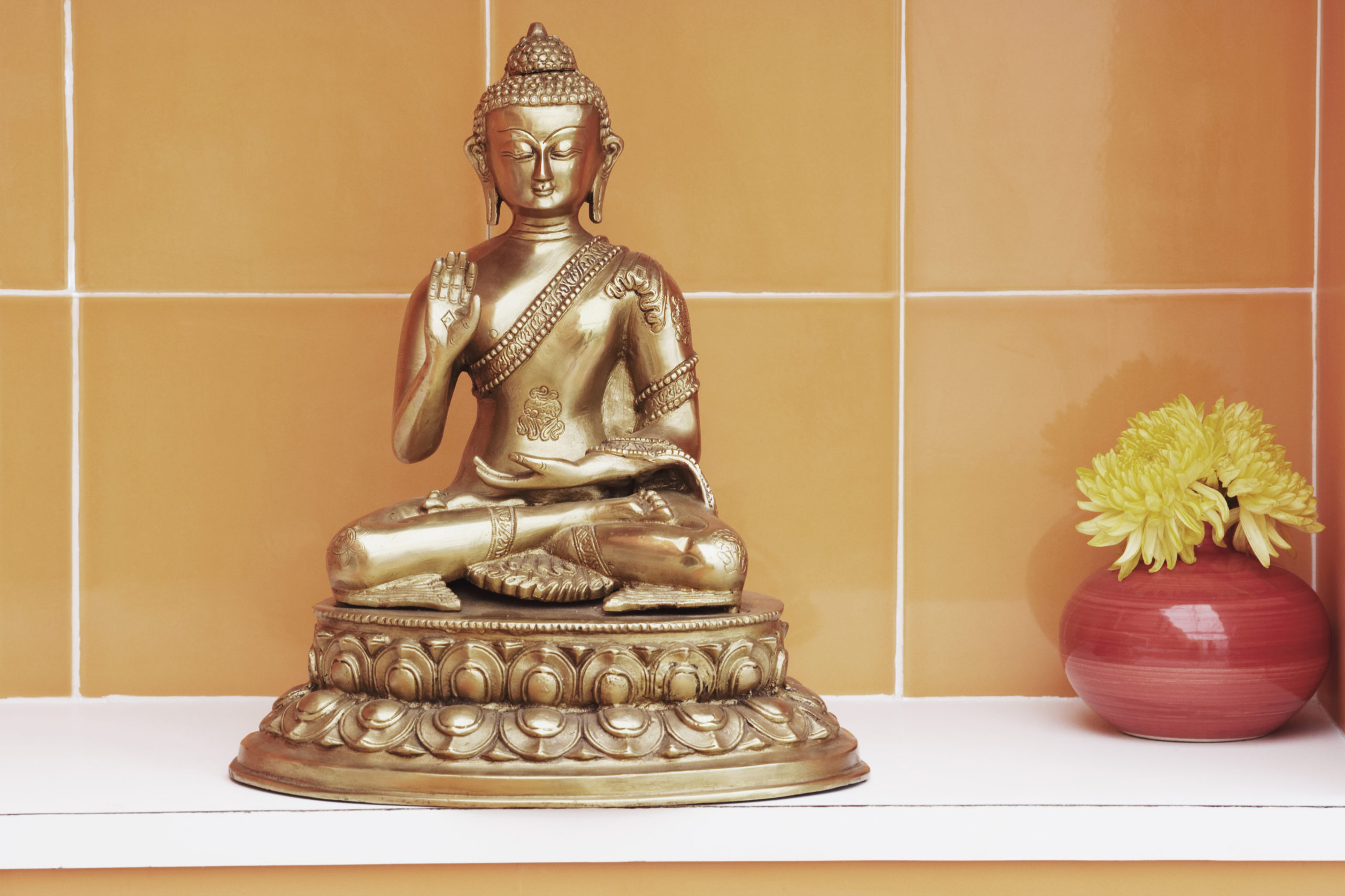
2083433scaled.jpg
Buddhism, religion and philosophy that developed from the teachings of the Buddha (Sanskrit: "Awakened One"), a teacher who lived in northern India between the mid-6th and mid-4th centuries bce (before the Common Era). Spreading from India to Central and Southeast Asia, China, Korea, and Japan, Buddhism has played a central role in the.
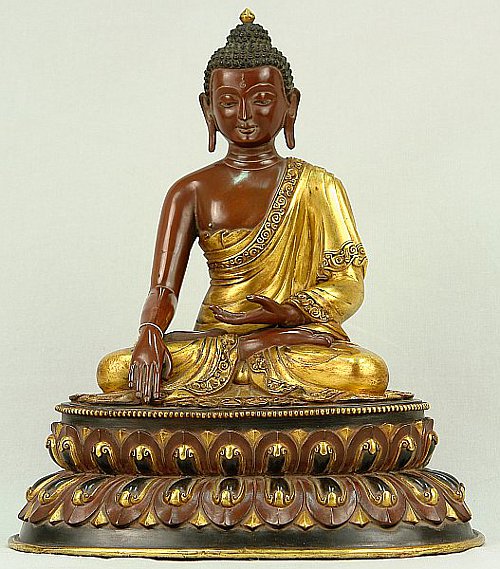
Types of Buddhism artelino
Early history Buddha with a mustache, Gupta period. Government Museum, Mathura, India. The earliest surviving phase of Buddhist art was generally aniconic, with the Buddha being represented as symbols such as a footprint, an empty chair, a riderless horse, or an umbrella. Later, iconic sculptural traditions were established, with two of the most important being in the regions of Gandhara and.
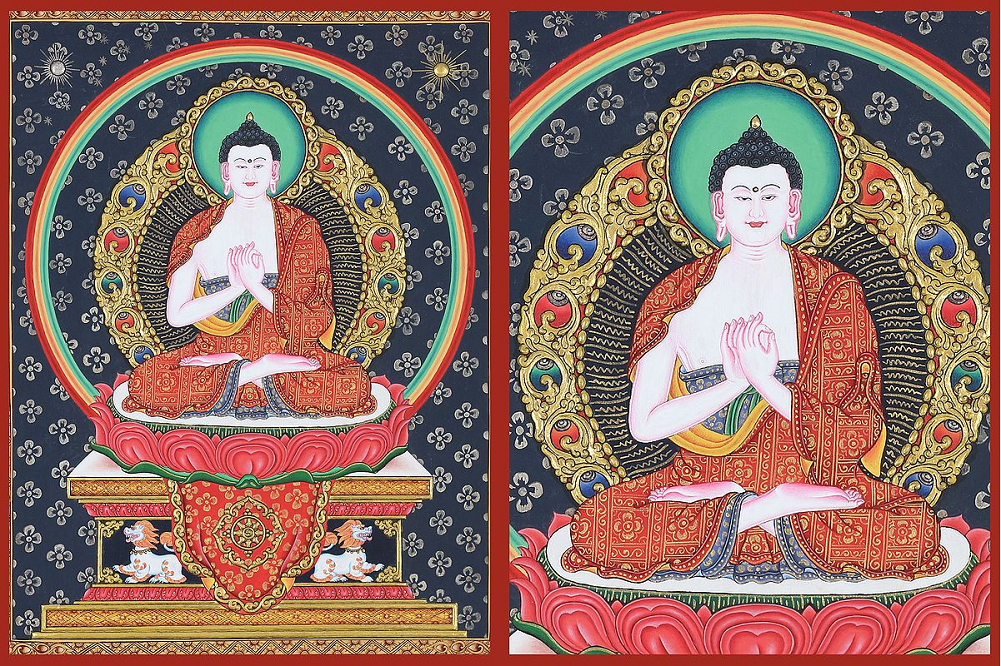
Types of Buddha Statues Their Meaning and Importance
Updated on August 27, 2018 We often speak of THE Buddha, as if there were only one--normally the historical character is known as Siddhartha Gautama or Shakyamuni Buddha. But in reality, Buddha means "enlightened one," and Buddhist scriptures and art portray many different Buddhas.

6 Different Types Of Buddha Statues And Their Meanings Big Chi Theory
Buddha is most often represented in three positions: sitting, standing, or reclining. Though less common, there are a few representations walking Buddha, as well. Key Takeaways: The four postures of the Buddha are reclining, sitting, standing, and walking. The most common of these is the seated Buddha.